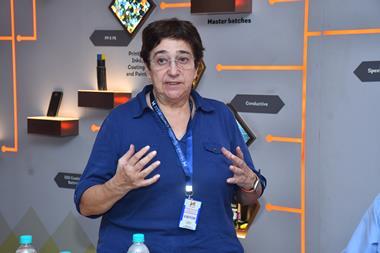Poison control centers saw a 229% jump in calls related to synthetic cannabinoid use this year
US poison control centres have experienced a 229% increase in the number of calls related to synthetic cannabinoid use in 2015 compared with last year, prompting concern from the US Centers for Disease Control and Prevention (CDC).
The agency has announced that it has registered more than 3572 such calls between January and May 2015, versus 1085 calls that came in during the same period in 2014. In addition, there were 15 reported deaths related to use of synthetic cannabinoids in 2015, compared with five in 2014.
New synthetic cannabinoids, higher toxicities and an apparent increase in those using such drugs suggest that these drugs may be an emerging public health threat, the CDC suggests. The CDC is troubled by this trend, and says it suggests a need to step up efforts to remove these products from the marketplace.
Synthetic cannabinoids include various psychoactive chemicals or a mixture of such chemicals that are sprayed onto plant material, which is then smoked or ingested to achieve a ‘high’. These products are known by various names like spice and synthetic marijuana, and they are sometimes sold in retail outlets as herbal products. The most commonly reported adverse health effects associated with synthetic cannabinoid use included agitation, tachycardia and vomiting.












No comments yet